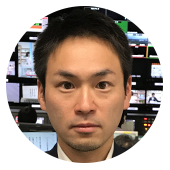A crowd had already gathered in front of the museum well before the doors opened at 8:30.
"We will make an even greater effort to help realize our city's vision of a nuclear-free world," said Hiroshima Mayor Kazuyuki Matsui at the re-opening ceremony.
Japan entered a ten-day national holiday two days after the reopening. Over this period, the museum attracted 105,181 visitors--up 62% from the same time last year, when only the annex building was open. This included 18,930 foreign visitors.
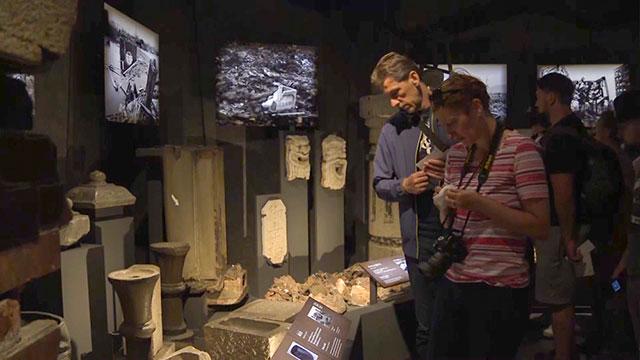
The Hiroshima Peace Memorial Museum was opened in 1955, just 10 years after a US war plane dropped an atomic bomb on the city. Located close to ground zero, the museum is home to artifacts and the belongings of victims.
City officials decided to close the museum for two reasons. One was to restructure the main building for earthquake resistance. But the main reason was to give the exhibits a major overhaul. A panel of survivors, local journalists, and experts spent 15 years deliberating on possible new displays.
Kenji Shiga, the former director of the museum acknowledged the panel was most likely the final opportunity for the museum to get input from the survivors on what they believed the exhibits should focus on. The average age of atomic bomb survivors in Hiroshima is now over 82.
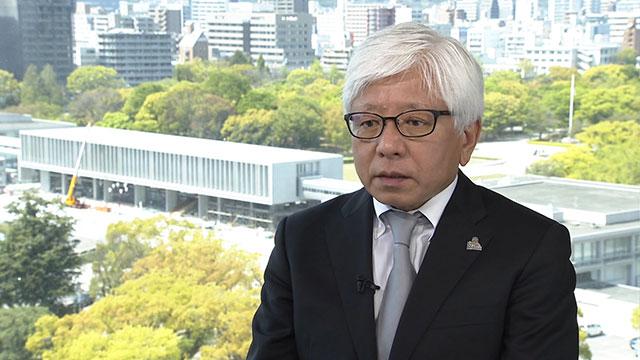
"Soon there will be no survivors. This museum has to serve as a place to keep and pass on the memory of August 6th to future generations."
The museum had two major goals for the revamping of the exhibits:
1) Change of routes
Previously, the museum assumed that visitors would spend three hours per visit and exhibits were structured based on this estimate. However, a recent survey found that the average visit was only 45 minutes. People would spend most of their time browsing the sections on the topics "What led the US to drop an atomic bomb on Hiroshima?" and "How Hiroshima has recovered." These sections were filled with lengthy explanations and left the visitors with almost no time to look at the exhibits in the main building. These featured remains from the damage and victim mementos and were what the officials really wanted the visitors to see. They believed the museum needed a route change that led visitors to the main building exhibits first.
2) ''Back to the Basics'' Display
Museum officials decided to get rid of the life-size models depicting people right after the bombing, with burns all over their bodies. Many young visitors found the exhibit hard to look at and museum officials decided to return to the original idea of the museum, as a place to display victim keepsakes.
It now houses 20,000 mementos, donated by victim families and survivors. The owners' portraits are attached to the artifacts.
Museum director Takuo Takigawa says he hopes visitors will be able to hear the voices of the victims in their heads when they see the mementos.
The display includes a burned tricycle that belonged to three-year-old Shinichi Tetsutani and the charred lunchbox of 13-year-old Shigeru Orimen. Shigeru died before he was able to eat the lunch his mother had prepared for him that day.
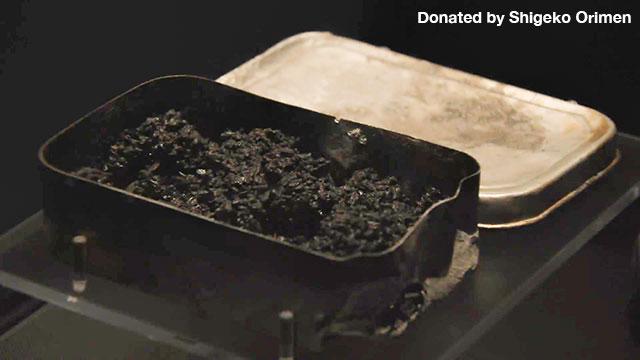
There are also the damaged garments of countless victims, meant to convey the deadly impact of the explosion that instantly killed hundreds of thousands of people.
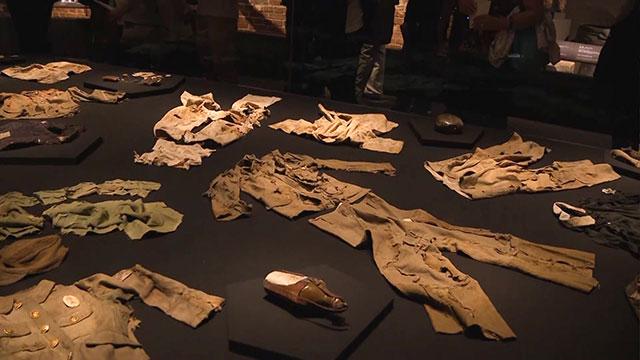
Since the museum's reopening, visitors have been talking about the display's impact on them. A 64-year-old woman said she was particularly moved seeing the clothes of a two-year-old child who died on his mother's back.
An elementary school girl said she was saddened by Shigeru's lunchbox. She said the exhibit convinced her that war is something that must be avoided at all costs.
Masaru Nanko donated his late brother Osamu's leather belt. Osamu was grasping the belt tightly in his hand when someone brought him back home after the bombing. He died several hours later. His mother had given it to him as a gift when he started school.

Masaru remembers how the belt was one of his mother's most prized possessions until she died. At age 88, he wants the museum to keep Osamu's memory alive and pass down his family's experience to future generations.
"There is so much sorrow and agony in each memento," he says. "I hope people will see them and be convinced that war is something that can never happen again."
The Hiroshima Peace Memorial Museum is open from 8:30--18:00. In August, it is open until 19:00. Adult admission is 200 yen.

